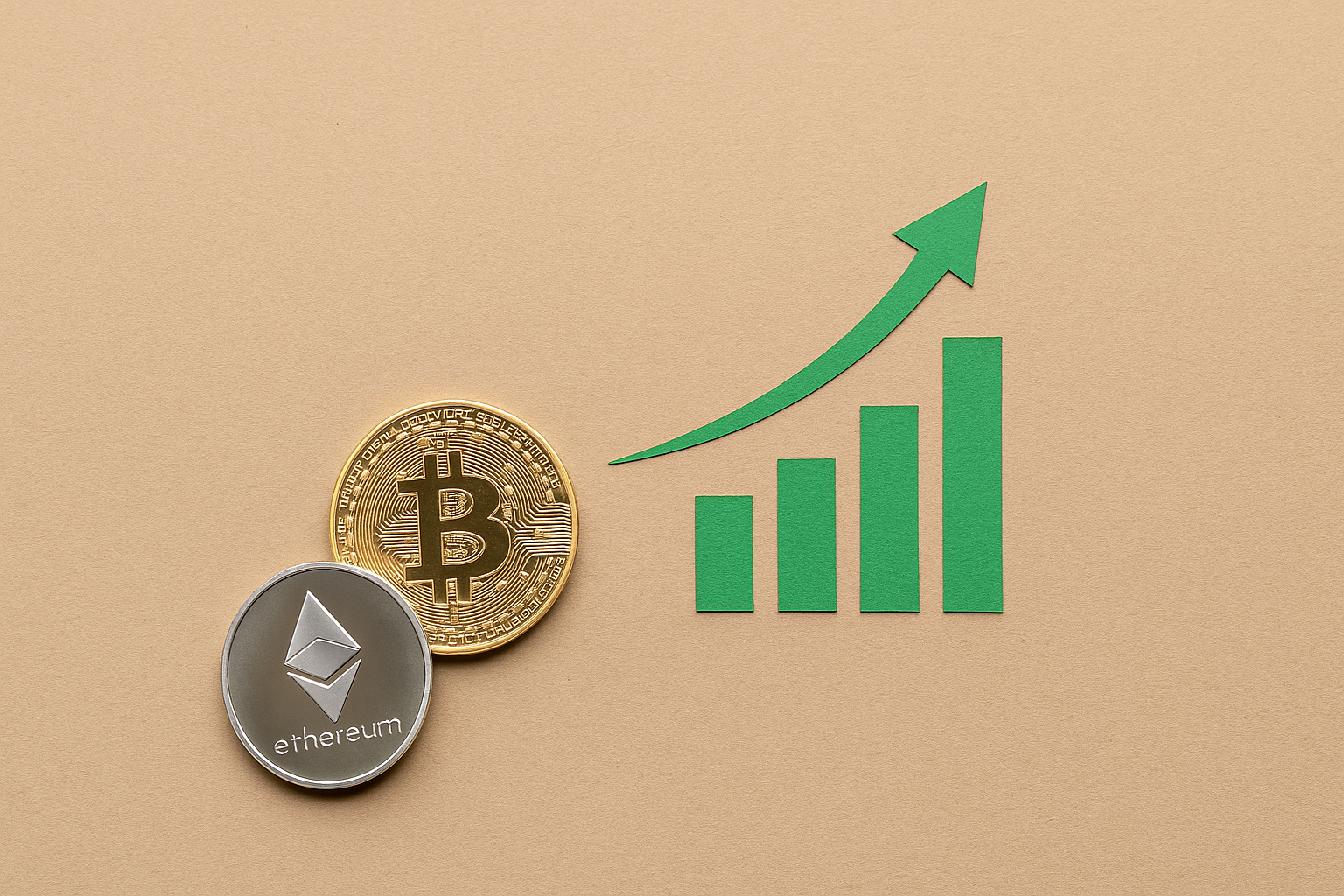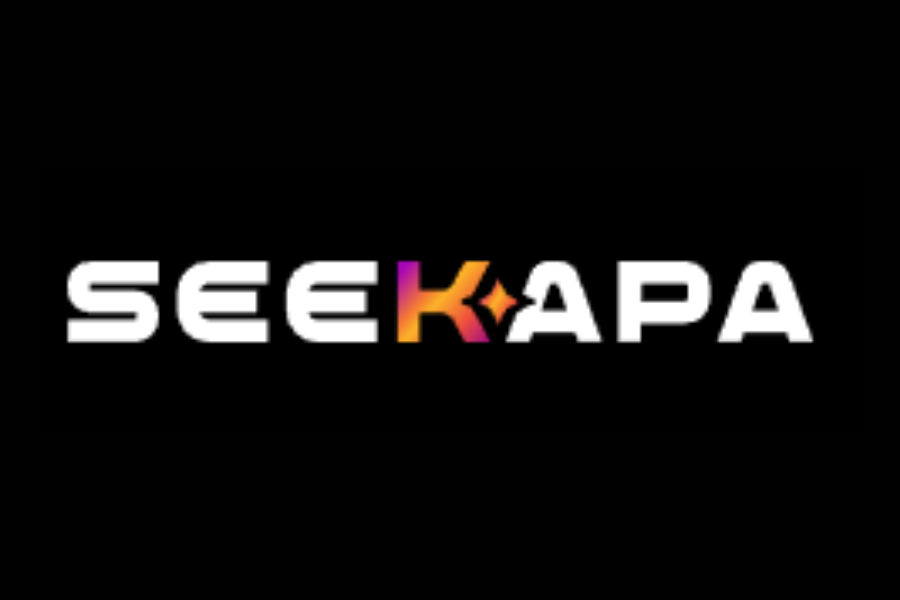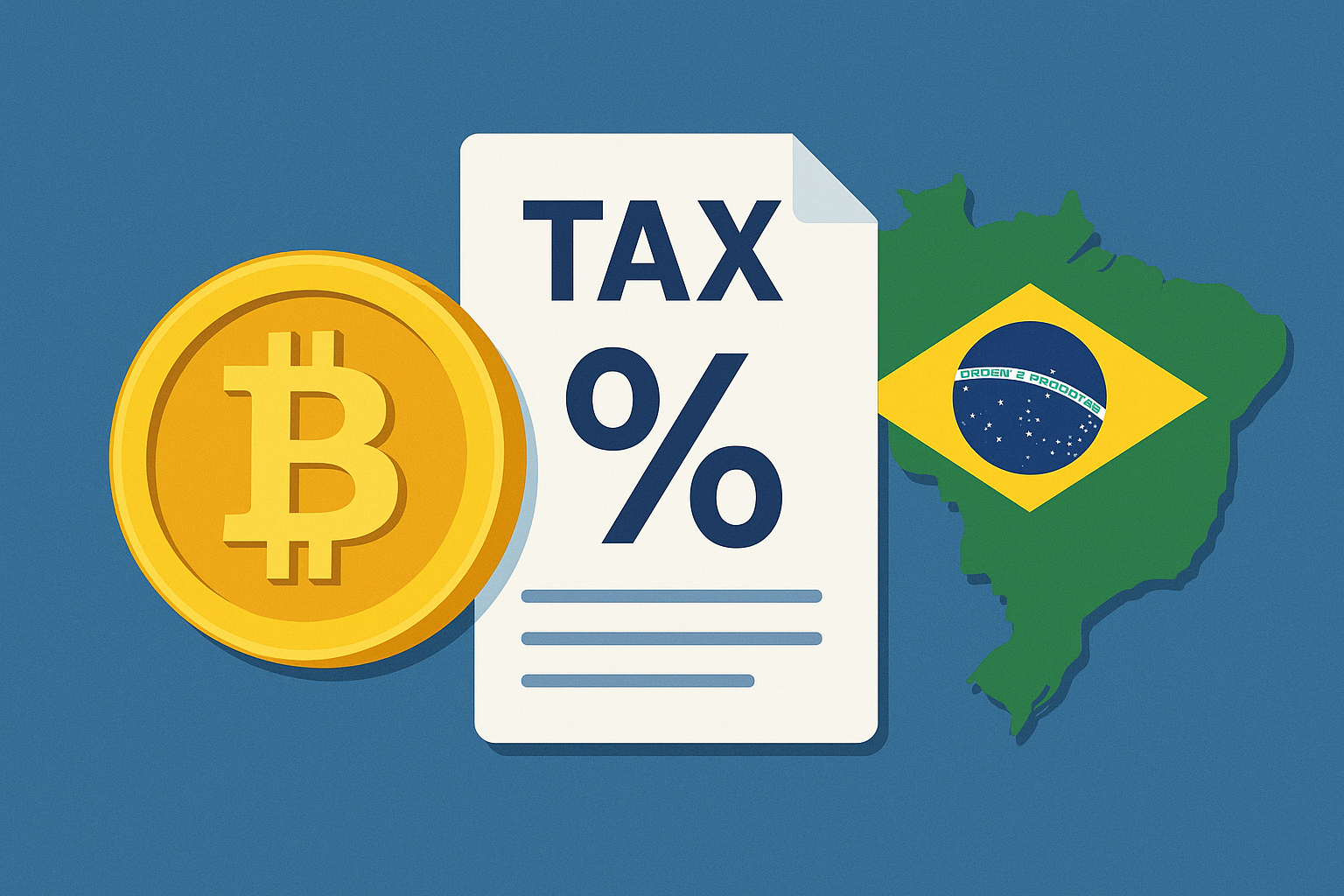Altcoin News
Why Could Altcoin Performance Outpace Bitcoin This Quarter?

Introduction
As we move deeper into Q2 2025, the cryptocurrency market is showing early signs of a potentially significant transition. Bitcoin, the flagship asset and bellwether of the digital asset space, remains relatively stable following its impressive rally earlier this year. However, under the radar, altcoins — cryptocurrencies other than Bitcoin — are gaining momentum. Analysts and market participants suggest that altcoins like Ethereum, Solana, and several mid-cap tokens are poised to outperform Bitcoin over the next few months.
This shift in market dynamics is driven by a blend of increasing retail activity, a resurgence in institutional investment, evolving blockchain innovations, and macroeconomic triggers. In this article, we explore why this altcoin rally might not just be speculative noise — but a signal of broader structural movement in the market.
Bitcoin’s Stabilization And The Opening For Altcoins
Bitcoin has historically dictated the direction of the entire crypto market. Its dominance in market capitalization typically ranges between 40% and 60%, and altcoins often follow its lead. In early 2025, Bitcoin experienced a sharp rise, briefly touching the $75,000 level before consolidating around $66,000 to $68,000. While Bitcoin remains a favorite among institutional investors and long-term holders, its short-term price stagnation has opened the door for alternative assets to capture attention and capital.
Altcoins, by nature, tend to be more volatile. This inherent volatility presents both risk and reward, and in periods of Bitcoin price consolidation, capital often rotates into altcoins in search of higher gains. The current scenario — with Bitcoin in a tight trading range and altcoin market caps growing — sets the perfect stage for a possible “altseason.”
Institutional Appetite For Ethereum And Smart Contract Platforms
One of the most significant shifts in 2025 is the growing institutional interest in Ethereum and its competitors. Ethereum, in particular, has solidified its role not just as a cryptocurrency, but as a foundational infrastructure for decentralized applications, DeFi protocols, and NFTs.
With the successful completion of Ethereum 2.0 and full transition to proof-of-stake (PoS), the network now boasts greater scalability, lower energy consumption, and improved transaction speeds. These advancements have made Ethereum more attractive to institutional players, who are increasingly allocating capital into ETH and associated staking services.
BlackRock, Fidelity, and other traditional asset managers have launched ETH-focused investment products in international markets, indicating a broadening scope beyond Bitcoin-centric portfolios. Additionally, Ethereum’s EIP-4844 (Proto-Danksharding) update has further improved data availability for Layer-2 scaling solutions, reducing costs for applications.
Solana, Avalanche, and newer chains like Sui and Aptos are also drawing institutional eyes, especially in high-performance computing applications like gaming and high-frequency DeFi trades. The collective ecosystem surrounding smart contract platforms is beginning to present itself as a real alternative to Bitcoin’s value-centric proposition.
Retail Traders Fuel The Momentum
Retail traders have historically been the lifeblood of altcoin surges. Since the start of Q2, trading volume in altcoin-focused platforms such as Binance, KuCoin, and Kraken has risen steadily. This has been fueled by social sentiment, viral tokens, and renewed interest in decentralized finance (DeFi) and non-fungible tokens (NFTs).
Platforms like TradingView and CoinGecko show increasing search traffic for terms like “best altcoins 2025,” “Ethereum price prediction,” and “undervalued crypto.” Retail sentiment is largely driven by narratives, and in this cycle, the narrative is built around “undervalued altcoins with real utility.” As Bitcoin cools, retail investors often chase gains in mid- and small-cap coins, especially those with active communities or recent technological breakthroughs.
Key Altcoins Leading The Rally
Several altcoins are showing strong technical and fundamental signals this quarter. Here’s a closer look at a few:
Ethereum (ETH)
Use case: Smart contracts, DeFi, NFTs.
Catalyst: Institutional products, staking yield, Ethereum 2.0 full deployment.
Outlook: Strong — supported by both institutional and retail segments.
Solana (SOL)
Use case: High-speed decentralized applications.
Catalyst: Revived NFT activity, reduced outages, and high developer traction.
Outlook: Bullish — often referred to as the “Apple of blockchain”.
Avalanche (AVAX)
Use case: Subnet architecture and enterprise adoption.
Catalyst: Amazon Web Services (AWS) partnership, GameFi expansion.
Outlook: Moderate — gaining ground in enterprise and gaming blockchain.
Chainlink (LINK)
Use case: Decentralized oracles for smart contracts.
Catalyst: Launch of Chainlink CCIP and major cross-chain integrations.
Outlook: Bullish — foundational tech adopted across DeFi projects.
Bitcoin Dominance: A Historical Indicator
Bitcoin dominance — the ratio of Bitcoin’s market cap to the total crypto market cap — is a critical metric in gauging altcoin strength. As of mid-June 2025, Bitcoin dominance has declined from 53% to 49.8%. Historically, when this metric falls below 50%, it has indicated a transition to altcoin-led rallies.
The current dip in dominance suggests that capital is rotating from Bitcoin into altcoins. While not a guarantee of performance, this shift often precedes multi-week rallies in the altcoin space. Market watchers note that such a trend, when combined with high altcoin trading volumes and network activity, can spark large-scale upward movement.
Macroeconomic Catalysts And Central Bank Posturing
Beyond the crypto-native events, macroeconomic trends are influencing the sector. The U.S. Federal Reserve and European Central Bank have maintained interest rate pauses for the second quarter, creating a more favorable environment for risk-on assets, including cryptocurrencies.
Global liquidity, often influenced by central bank policies, affects investor appetite for speculative investments. With inflation trending downward and economic activity steady, more capital is flowing into alternative markets — including crypto. For altcoins, this macro tailwind complements their internal technical momentum.
Additionally, countries like Brazil, South Korea, and the UAE have launched pilot programs for blockchain infrastructure or are engaging in crypto-friendly regulation, adding global legitimacy to non-Bitcoin assets.
Risks To The Altcoin Thesis
Despite the optimism, the altcoin space is not without risks. Some potential headwinds include:
Regulatory crackdowns: Particularly in the U.S., where the SEC has labeled several altcoins as securities.
Liquidity shocks: Mid-cap altcoins are especially vulnerable to sudden selloffs.
Overhyped narratives: Retail-driven pumps often lead to unsustainable valuations.
Technical vulnerabilities: Bugs or exploits in Layer 1 and Layer 2 chains could damage trust.
Investors should also remain aware that Bitcoin could reassert dominance with just a single catalyst — such as ETF inflows or a macroeconomic shock favoring digital store-of-value assets.
Conclusion
While Bitcoin remains the digital gold standard and a core holding for many, Q2 2025 may belong to altcoins. From Ethereum’s post-upgrade ecosystem to Solana’s comeback story and the growth of altcoin market cap, the signs are increasingly pointing toward an altcoin-led cycle.
The combination of institutional investment, renewed retail enthusiasm, favorable macroeconomic policies, and technological advancements makes a compelling case for altcoins outperforming Bitcoin in the coming months. That said, investors should balance their optimism with risk management, understanding that the altcoin market’s volatility cuts both ways.
Still, for those willing to do the research and watch the signals closely, the altcoin landscape offers some of the most promising opportunities in the digital asset world today.











